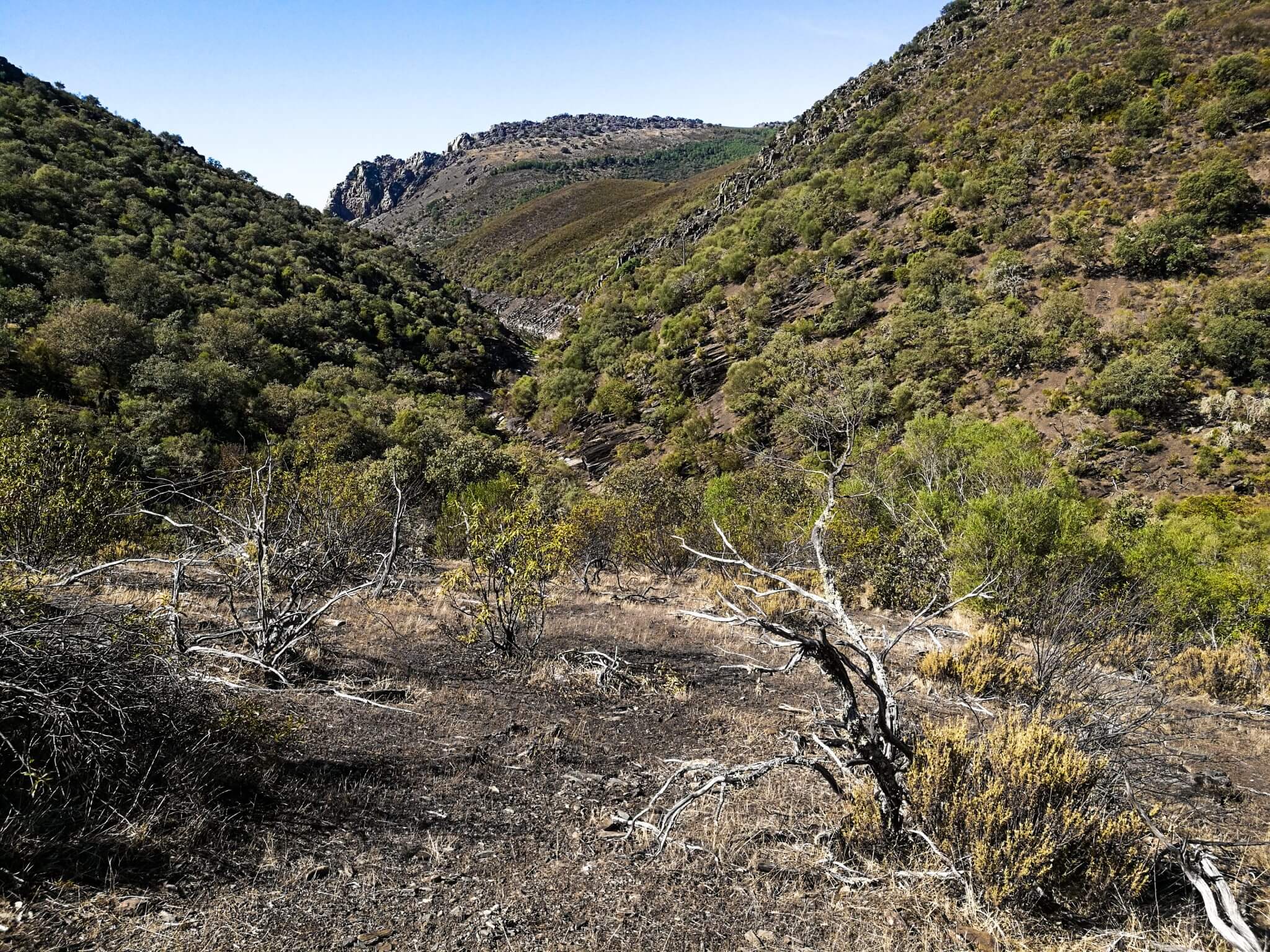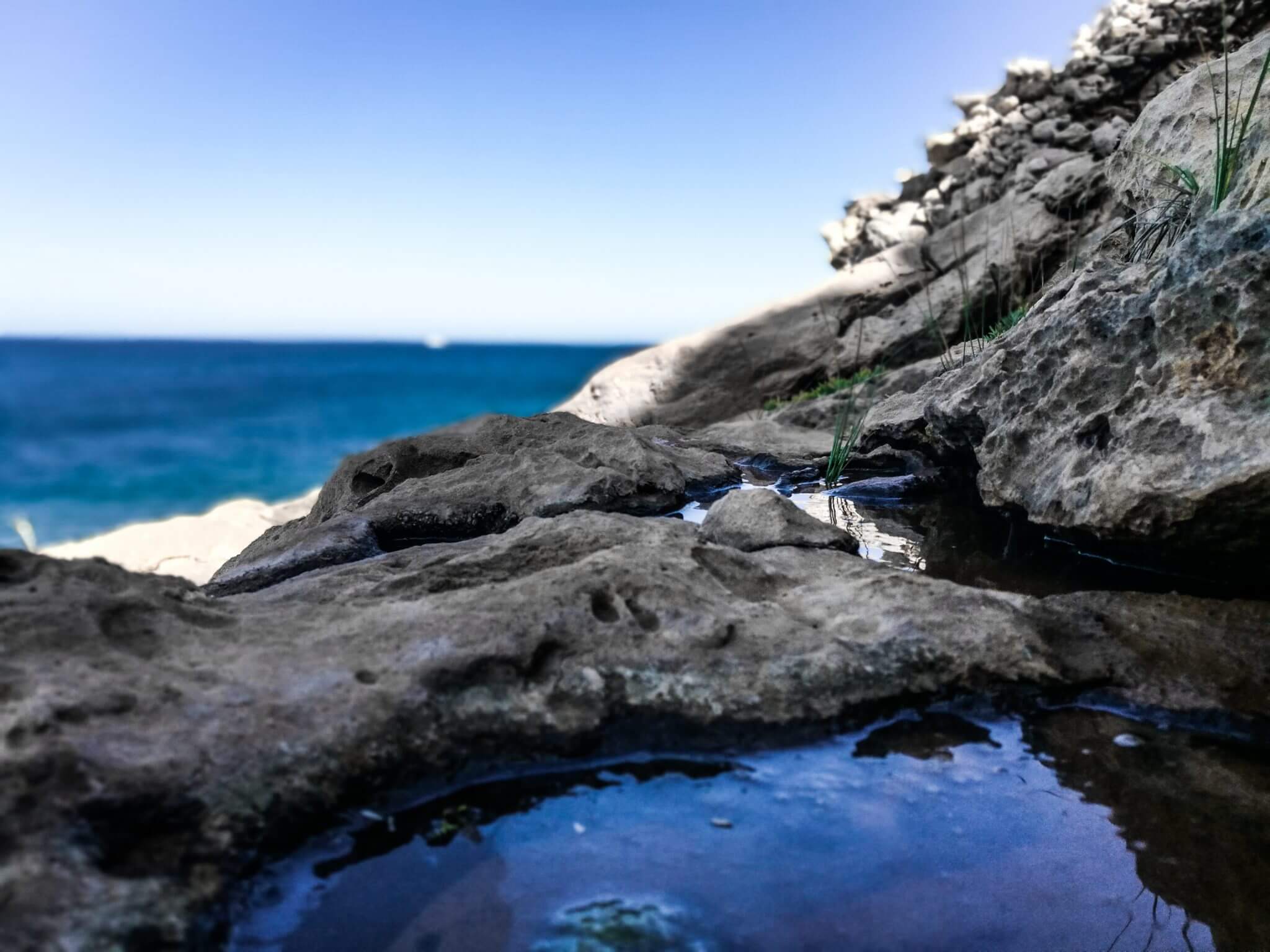Top attractions:
Remaining puzzles
In the 19th century, uniformitarianism might have given time to the field of geology, but it was still unclear exactly how and why the landscape of the Earth has formed the way it is formed. What kind of unknown natural force could have given a rise to these colossal mountains?
This is a second part on history of geology, you can find the first part here: https://ctdots.eu/articles/history-of-early-geology/

Alfred Wagener – the Father of Plate Tectonics
It was in 1912 when Alfred Wagener, for the first time, spoke of an idea of the moving plates. He stated that 300 million years ago all the Earth’s continents formed a single one giant supercontinent called Pangea, which means “all lands”.
You can look at the globe and clearly see that if you move the continents you can fit them together, but Wagener had an even stronger evidence to his theory. First being the similarity of fossil records of the same time periods in different continents and the second – ancient marks on the surface of Africa and South America left by the same continental glaciation movements.

Despite the hard work of Alfred Wagener to prove plate tectonics by explaining mechanics of it, like any other ground-breaking theory, his work was met with skepticism and only two decades after his death, in the 1950s, with advancement in paleomagnetism – the study about Earth’s electromagnetic field, the idea of plate tectonics started to be taken seriously.

Plate tectonics basics
The basis of plate tectonics is that Earth’s outermost layer called lithosphere, which is made of planet’s crust and a portion of the upper mantle, is broken into different pieces floating on the upper mantle called asthenosphere (80-200km deep, but in some places, it can even reach 700km).

Due to a different composition, oceanic plates (primarily basalt & gabbro) are thinner and often less than 100 km thick, but denser than the continental ones (primarily granite & sedimentary rocks), which is roughly 150 km to 200 km thick.
Plates movement is caused due to different temperatures in the mantle, colder layers sink in and the hotter ones rise. This is enough to affect each plate to move 1 to 10cm a year which is comparable to the growth speed of human nails.

Boundaries of Plate Tectonics
Earth surface is limited, and drifting plates sooner or later hit each other, which causes various natural hazards like earthquakes, volcanic eruptions, and tsunamis. There are three types of boundaries between the plates.
The Divergent boundary is where the plates split apart with the gap being filled by a newly risen volcanic material, which after reaching the surface cools and forms a new crust, shoving the plates further apart.

The place where two plates collide, it is called a convergent boundary. The denser plate always goes beneath the other one. Due to different compositions oceanic plates are always denser than continental ones, therefore they move underneath it. If two plates are similar in composition, it is hard for one plate to move beneath the other, a collision between them might cause the formation of great mountains (the Himalayas is the most famous example).

The third type of boundary is called the transform margin which occurs where two plates grind pass each other while moving in different directions. Though the forces are not as great here, these boundaries can still form minor mountains.

History of Supercontinents
Tectonic plates have been moving and rearranging different continents since the very beginning of the planet approximately 4.54 million years ago. Most of us have heard of the supercontinent Pangea, but throughout the vast history of Earth, plate movements might have formed 7 different ones. Land masses merge and break up supercontinents in somewhat cyclic fashion with the next one forming somewhere after 250 million years.
It might seem that tectonic plates are just causing a lot of troubles and it would be better if everything stood still, but it would be wrong. As hazardous as it is, it is thought that tectonic plates played a huge part in life evolution releasing nutrient minerals from deep Earth and creating shallow waters for life’s transition to the land. In short, we wouldn’t be here if it’s not for movement of the plates.

Inspired by the Mountains 101 online course of the University of Alberta
All photos are taken in various regions of Spain